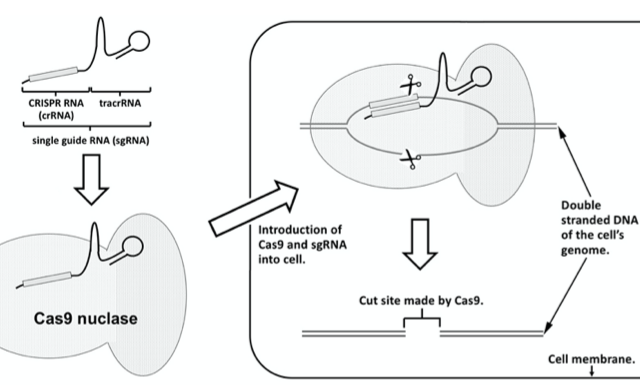CRISPR-Cas9 Genome Editing
How are components of prokaryotic adaptive immunity used to edit genomes?
Abstract
CRISPR-Cas9 genome editing is a POGIL learning cycle activity designed for introductory biology students at the college or university level. Genome editing is a technique that allows scientists to direct changes in the DNA of an organism. Here, students will explore how the prokaryotic adaptive immune response is modified to conduct CRISPR-Cas9 genome editing. At the end of this activity, students will be able to describe the types of genome edits that can be made using CRISPR-Cas9 technology and predict how these edits impact gene function. This is important for undergraduate students interested in careers in medicine, allied health care professions, and biological research as CRISPR-Cas9 genome editing is used for a broad range of applications, including making robust agricultural products and designing therapies for heritable disease.
Level: Undergraduate
Setting: Classroom
Activity Type: Learning Cycle,
Discipline: Biology
Course: Introductory biology
Keywords: Genome editing

Downloads
Published
How to Cite
Issue
Section
License
Copyright of this work and the permissions granted to users of the PAC are defined in the PAC Activity User License.

